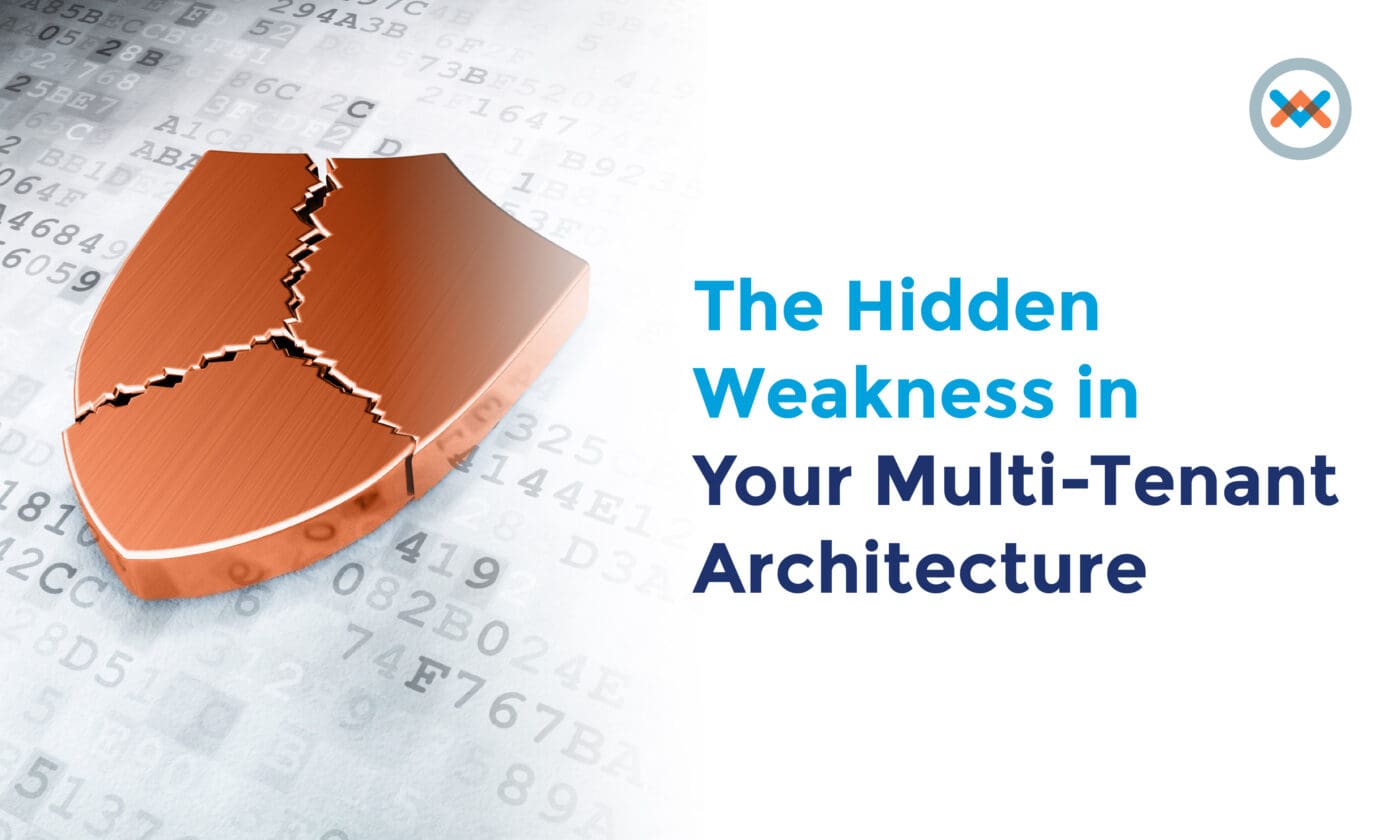It starts with something small— a single unchecked permission. Within hours, that tiny oversight can spiral into a costly problem.
Here is a lesser-known truth about multi-tenant architecture: What makes your infrastructure efficient can also make it vulnerable. When one boundary blurs, the impact ripples across the entire environment.
In this article, we will explore the weak points of multi-tenant architecture and how your business can strengthen them to gain greater benefits.
How Multi-Tenancy Works
At its core, multi-tenant architecture allows multiple customers, or “tenants”, to operate on the same underlying infrastructure: compute, storage, and networking.
Instead of providing separate hardware or software for each customer, a single compute instance serves multiple tenants with logical boundaries separating their data and access.
This design enables the scalability and cost-efficiency behind modern cloud and SaaS models, as long as everything works as intended.
But when things go wrong, those shared foundations can become the fault lines. As a survey from IJRPR concludes, “infrastructure, vulnerabilities in one tenant or the cloud platform can compromise others.”
The Hidden Weak Points
Most weaknesses don’t come from exotic edge cases — they come from everyday misconfigurations and design choices that quietly escalate into major incidents.
1. Identity & Access Controls
When multiple tenants share a system, one of the biggest risks lies in permissions. If a service account, IAM role, or API key is badly configured, it may cross tenant boundaries.
The result is often one tenant’s data being accessed by another, either intentionally or accidentally. This is why establishing least-privilege and compartmentalisation within the system is a non-negotiable rule.
2. Data Boundary Leakage
Even if the computing is isolated, data is often more vulnerable. Shared databases, buckets, or schemas that aren’t properly partitioned can leak information across tenants.
That is why isolation failures, side channels, misconfigurations, and identity risks are considered key threat vectors in multi-tenant clouds. Let’s imagine this: a backup or snapshot visible to the wrong tenant or a debug log that reveals another tenant’s user IDs.
These might not seem alarming until compliance audits begin, or worse, your data ends up in the wrong hands.
3. Resource Contention & “Noisy Neighbours”
Because multi-tenant systems share compute resources among tenants, performance competition is inevitable.
This is especially true when one tenant requires far more computing power than others. The so-called “noisy neighbours” effect, where one tenant’s heavy usage impacts others.
Performance issues in a shared environment can also hide deeper isolation problems. Attackers may exploit these resource overlaps to infer behaviour across tenants of the same system.
4. Overlooked Automation and Third-Party Integration
Automation, while bringing many benefits, often becomes the weakest link in the pipeline. It can be due to inherited policies or partner integrations that bypass the main isolation guardrails.
A secure design without continuous validation is like a locked door with a window left open. Implicit assumptions and inconsistent enforcement are often linked to the root causes of risk in multi-tenancy.
Strengthening the Walls
Multi-tenant systems rely on clear separation between tenants. Reinforcing those boundaries helps ensure the safety of both the system and its tenants.
Design for Isolation
Start by treating tenant boundaries as security perimeters, not software abstractions. Apply strict network segmentation, data encryption per tenant, and container-level separation where possible. If tenants share compute, ensure they don’t share trust.
Enforce Least Privilege & Role Separation
Every identity, account, and integration should have only the permissions it needs, nothing more. Review and revoke roles frequently. Use short-lived credentials, automatic revocation, and strong authentication.
Continuous Validation
Even well-designed isolation degrades without verification. Regular configuration audits, penetration testing, and cross-tenant attack simulations are essential to maintain assurance. Automated monitoring can flag anomalies that signal a potential breakdown in segregation—before it turns into exposure.
Shared Infrastructure Means Shared Responsibility
Multi-tenant architecture is a powerful model. Its efficiency, scalability, and cost-effectiveness are undeniable. But those benefits come with a caveat: you share more than just resources. You share risk.
When one tenant slips through a misconfigured IAM, a forgotten role, or an exposed bucket— everyone else feels the impact. The architecture doesn’t protect you because you compete; it protects you because you co-manage it with purpose.
At Wowrack, we don’t treat shared infrastructure as a shared weakness. We see it as a shared opportunity: to build with intention, validate with discipline, and partner with purpose.
Let’s talk about how to strengthen tenant isolation, reinforce configuration hygiene, and operationalise security, before someone else’s exposure becomes yours. Talk to Wowrack







